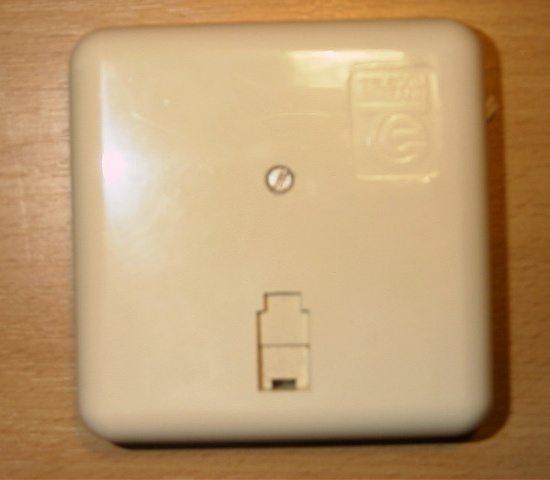I have been helping a friend with a new build in France.
He is doing the electrics. Got the general wiring sorted and we now see that we have to put RJ45 sockets in all the "principal rooms".
Isn't the use of RF45 a bit old-fashioned since I distribute internet access in my house in UK with a wireless router and could do much the same with my 'phone or even TV, if I wanted to and don't have to pull CAT5 cabling everywhere.
If the regular electrics are OK but there's no telephone connection and hence no modem, how would the inspector check that the RJ45 wiring is in place and capable of use.
Has anyone got direct experience in this area?
He is doing the electrics. Got the general wiring sorted and we now see that we have to put RJ45 sockets in all the "principal rooms".
Isn't the use of RF45 a bit old-fashioned since I distribute internet access in my house in UK with a wireless router and could do much the same with my 'phone or even TV, if I wanted to and don't have to pull CAT5 cabling everywhere.
If the regular electrics are OK but there's no telephone connection and hence no modem, how would the inspector check that the RJ45 wiring is in place and capable of use.
Has anyone got direct experience in this area?




